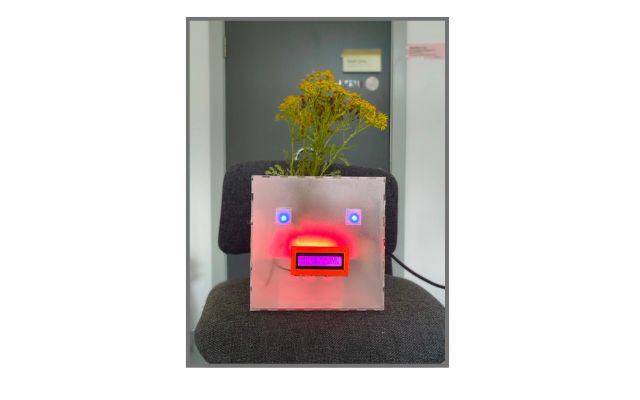Vimalkumar Veeraraga
The SPOTII POT
The Smart Plant Companion is an Internet of Things-based prototype that will contribute to stronger emotional connections people make with their plants by transforming the fully functional automation into expressive, ambient interaction. The system does not only use mobile app or alerts but rather subtle multisensory characteristics to communicate and instead of feeling like a chore, plant care would be an intuitive interactive activity.
The project was designed by making use of literature review, surveys and interviews together with iterative prototyping: the early idea born of an ESP32 was refined into the mature Arduino Uno solution that it is today. The initial results of user research led to the understanding that it was highly desirable to have non-obstructive symbolic feedback and active user engagement as opposed to complete automation. This influenced the design objectives of the final prototype: it had to be emotionally engaging, require no or minimal mental effort and fit into home settings aesthetically.
The end product is also equipped with a moisture sensor to acknowledge soil hydrate and a light sensor to make the robot respond to simulated hugging gestures. This end product also has a multisensory feedback layer that uses blue LED eyes, an RGB LED which acts as the indicator of moisture state, an RGB LCD to bring contextual information, and an RGB LED strip indicating the ambient light. The transparency of the components inside the enclosure, made of frosted acrylic with transparent highlights based on the design principles of Nothing community, also provides soft dispersion of the light.
User testing showed that a positive emotional send was present, through which the subjects reacted to the expressive features of the device and developed interest in the needs of their plant. Although the interaction states and trial duration are constrained, the Smart Plant Companion provides a demonstration of an emotionally conscious set of IoT devices regarding gardening at home. The next step may involve the implementation of AI-powered adaptive feedback, increased sensing capacity, and the use of sustainable materials in the enclosure, among others, thus holding a lot of promise as the topic of potential research and possible commercial use.
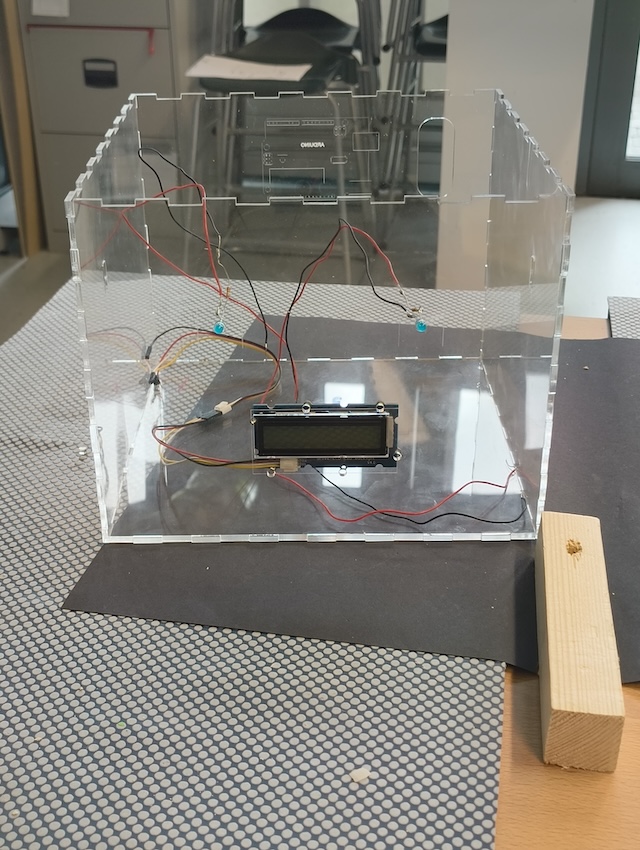
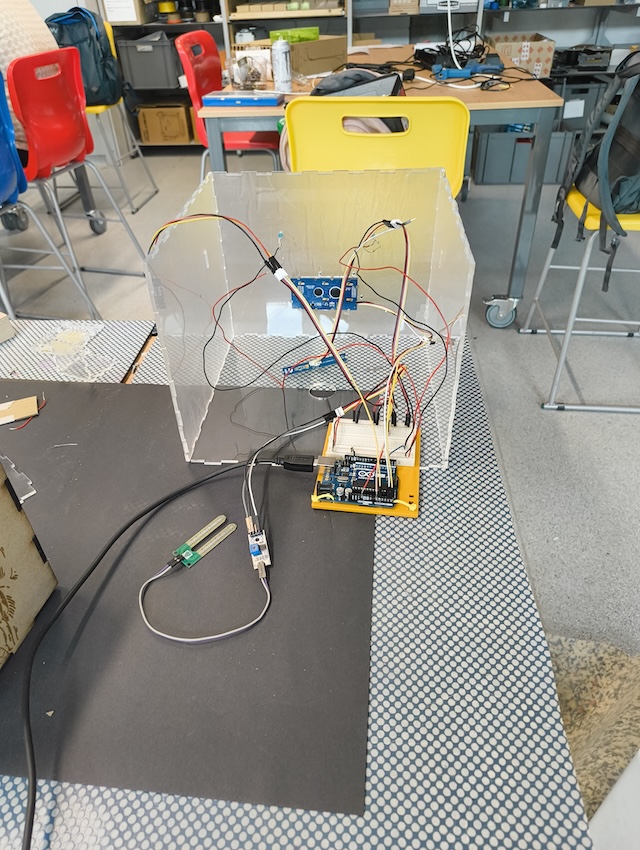
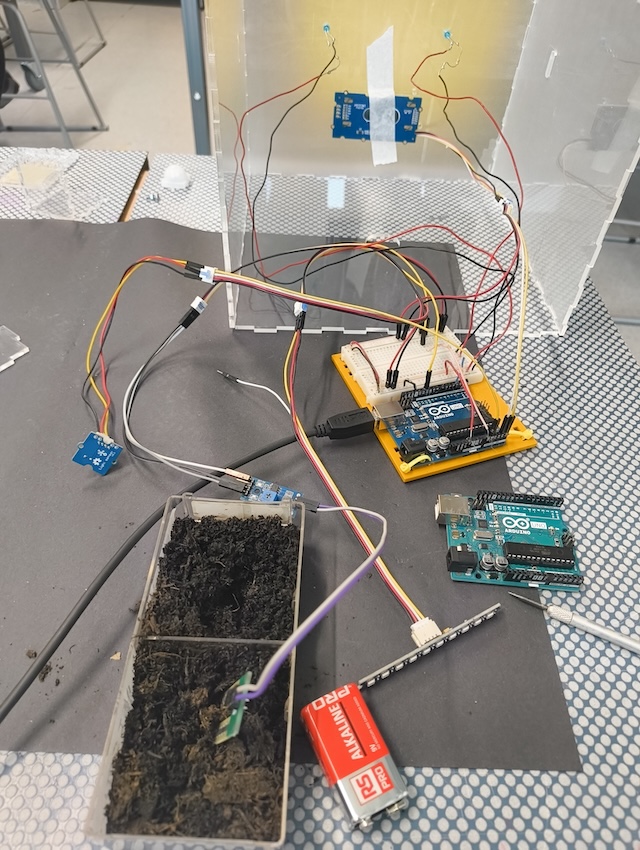
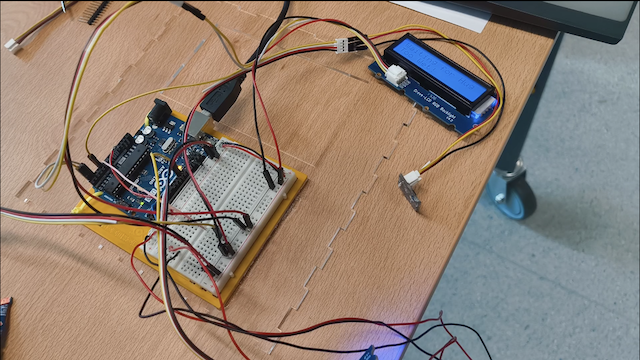
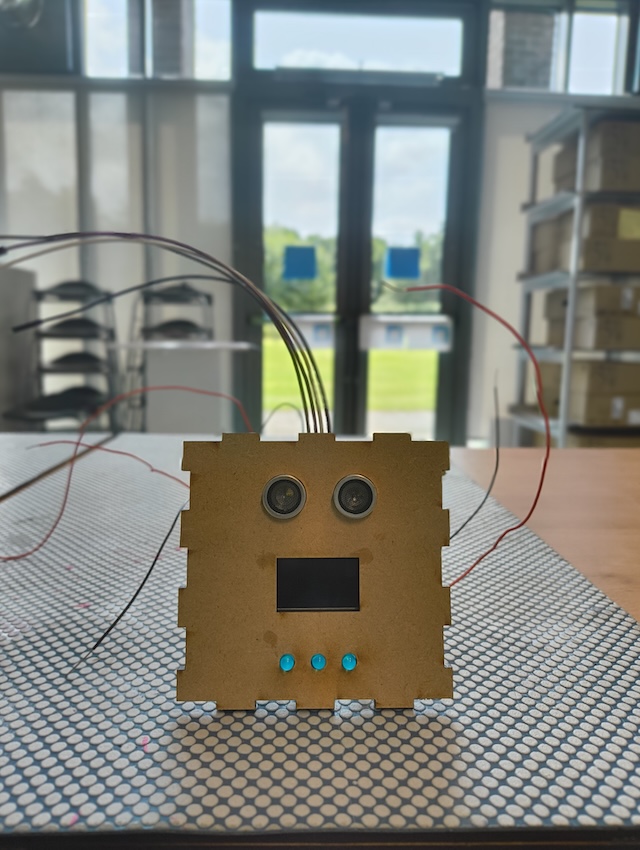
refocus_ok
